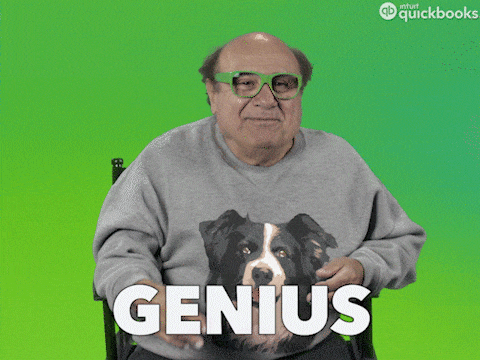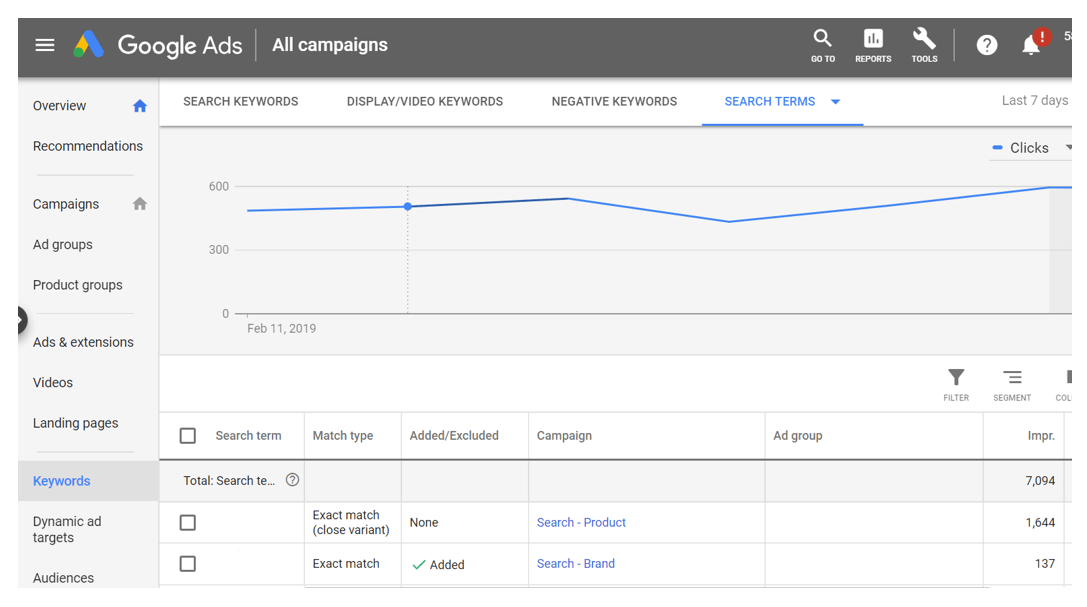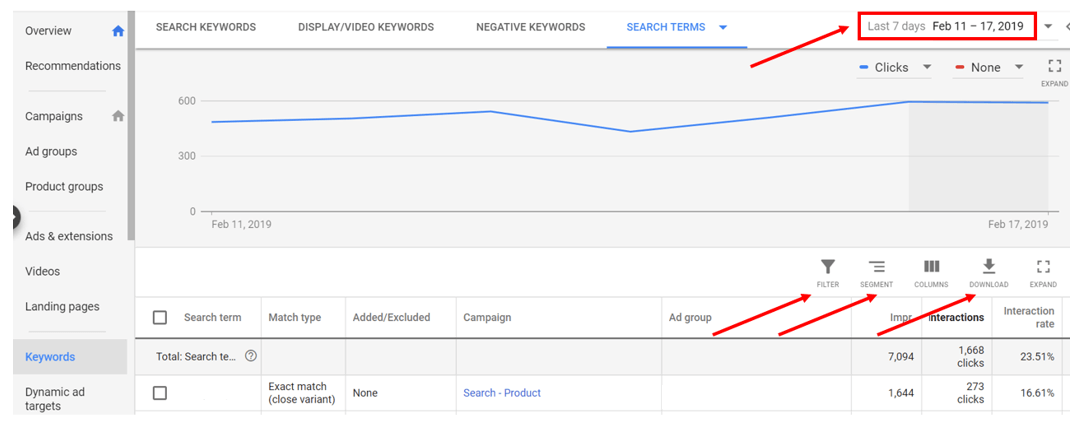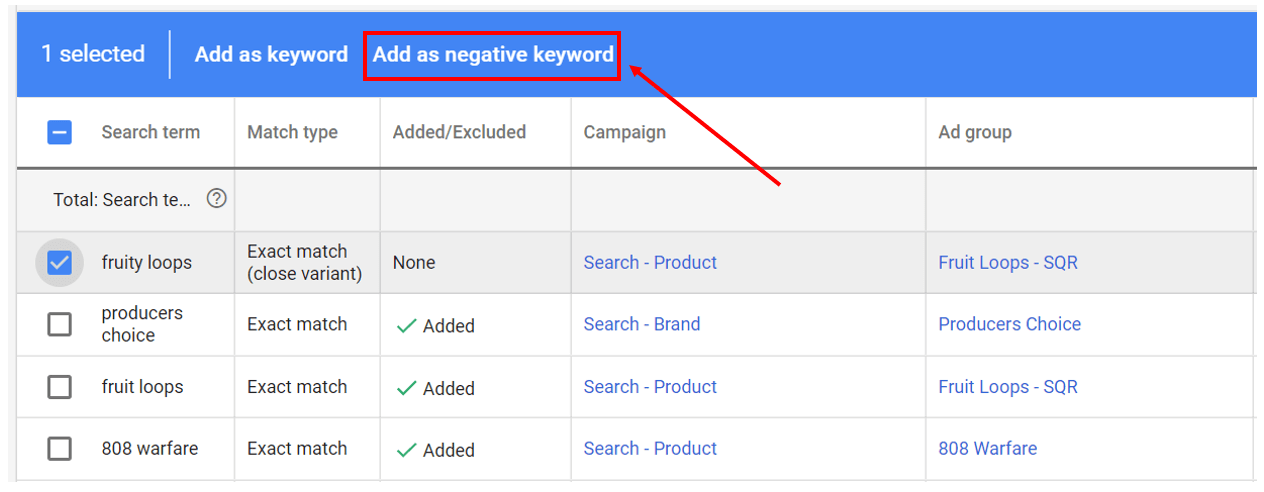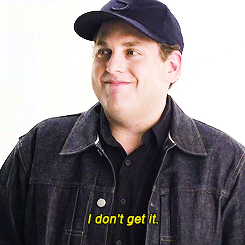If you’re running ads for your eCommerce store, the goal is to generate as much sales revenue as possible while keeping your costs low. There are many optimization techniques that you can experiment with here, including increasing your Quality Score, structuring your campaigns using Single Keyword Ad Groups (SKAGs), and sculpting your traffic using negative keywords.
New to negative keyword sculpting? Don’t sweat it. In this blog post, we’ll walk you through:
What negative keyword sculpting is (and what it isn’t)
The benefits of negative keywords sculpting
How to optimize your PPC traffic using negative keyword sculpting
Using different match types in negative keyword sculpting, and
Advanced tips to take your negative keyword sculpting to the next level
This is a must-know technique for eCommerce store owners who want to maximize their conversions, and milk their advertising budget for all it’s worth. Let’s jump right in!
Negative Keyword Sculpting Is…
In a nutshell, negative keyword sculpting refers to the process of adding negative keywords to a campaign or ad group so that it will show up in a different campaign or ad group.
Here’s an example: say you own an eCommerce store selling sport shoes, and you’ve set up two campaigns in your Google Ads account to promote a newly launched Nike collection. The first campaign targets your brand keywords, such as “Nike Running Shoes”, and the second one targets your product keywords, for example “running shoes”.
If you look inside your Product campaign and see that your search term “Nike Running Shoes" has been triggered on several occasions, you might decide to use negative keyword sculpting to make this keyword to show up in your Brand campaign instead.
How do you do this? Simple -- add the word "Nike" as a negative keyword to your Product campaign, so that ads in your Product campaign will not trigger any search terms that contain “Nike”. Moving forward, if a potential customer searches "Nike Running Shoes", this will trigger the ad from your Brand campaign -- so it all works out nicely.
Quick aside: negative keyword sculpting and query sculpting is basically the same thing. The idea behind it is that you’re influencing the PPC traffic that you drive to your site, or influencing which of your ads get triggered for each specific query.
Negative Keyword Sculpting Is NOT…
Just to be clear, there’s a huge difference between “normal” negative keyword optimsation, and negative keyword sculpting.
Now, here’s how most eCommerce business owners use negative keywords: they set up their negative keywords list to reflect search terms that are irrelevant to what they’re selling.
You can see how this makes sense: say you sell only Nike running shoes on your store, and you’re getting a ton of hits for Puma running shoes. Obviously, this wastes your ad spend, because you don’t actually sell what these searchers are looking for. Here, you’d add “Puma” to your list of negative keywords, so that your ads won’t be triggered for Puma-related searches moving forward.
See the difference? With normal negative keyword optimisation, you’re filtering out keywords you don’t want to trigger. When negative keyword sculpting, you’re adding keywords that you DO want to trigger, but in a different ad group or campaign. In order to do this, you’d add your keyword at the campaign or ad group level instead of the account level. This way, you’re directing the flow of traffic, and having your ad show up for the specific keywords that they’re most relevant to.
As you can see, basic negative keyword optimisation and negative keyword sculpting are two completely different beasts. Since they help you to achieve different goals, you should definitely use them in conjunction with each other!
The Benefits Of Negative Keyword Sculpting
At this point, you might be thinking: I’m having a difficult enough time keeping track of my campaigns and optimizing everything as it is… is it really necessary to do negative keyword sculpting?
Personally, I look at negative keyword sculpting as an advanced strategy, so if you’re struggling with even getting the basics of your campaigns right, definitely focus on that first. That said, once you’re more or less familiar with how Google Ads work, and you want to take your campaigns to the next level, it’s worth investing the time in learning this technique.
Once you add negative keyword sculpting to your PPC strategy, this will make your campaigns MUCH more targeted, and this will likely lead to a higher conversion rate and a lower Cost Per Conversion. Who’s going to turn their nose up at more conversions and more sales generated for their eCommerce store? Not me! 🙅
Can’t You Use Exact Match Keywords Instead?
Instead of adding negative keywords at an ad group or campaign level, can’t you just use exact match keywords instead? Doesn’t this achieve the same purposes?
Unfortunately, that’s not the case. As SearchEngineLand.com puts it, ever since Google’s latest change to the way the match type works, exact match no longer truly means “exact”; this means we can no longer rely on this match type to deliver only the exact keyword you targeted.
To unpack this: back in 2017, Google announced that it was going to change how exact match targeting worked. Now, when you create an ad with an exact match keyword, it doesn’t just match for close variants (plurals, typos, abbreviations, adverbs, etc); it might also match keywords that have variations in word order and function words.
Here’s an example: say you’re bidding for an exact match keyword “pancake mixer”. Following Google’s change to the algorithm, it can now trigger your ad for someone who’s searching for [pancake mix].
To be clear, I’m not villainizing this change to the algorithm. There are certain cases in which, yes, it does make sense to trigger ads to keywords that are a close variant of exact match keywords. For instance, if a consumer searches for “men’s running shoes” vs “running shoes men’s”, it basically makes zero difference, and you’d be happy with your ad being triggered on both occasions.
That said, this still doesn’t change the fact that the new algorithm update makes exact match keywords less precise than they previously were. The bottom line? If you want to be SURE that you push the right traffic to the right ad group (or campaign), I’d rely on negative keyword sculpting instead of exact match keywords.
How To Optimize Your PPC Traffic Using Negative Keyword Sculpting
Negative keyword sculpting comprises of two steps:
Reviewing your Search Terms Report to figure out which keywords are being triggered in the wrong campaign or ad group, and
Adding those keywords as negative keywords to the campaign or ad group that you don’t want them to be triggered in.
To get to your Search Terms Report, sign into your Google Ads account, click on “Campaigns” in the navigation pane on the left, then click “Keywords” in the page menu. Finally, click “Search terms” at the top of the page to see all the terms that have triggered your ads.
If you’ve been running your ads for quite some time, there will probably be a TON of data here. You can filter, segment, or even download your data to have a closer look. If you want to look at your data over a longer period of time, you’ll be able to do this by accessing the drop down menu on the top right corner of the page.
To add a search term to your negative keywords list, simply select the keyword, and click on the “Add as negative keyword” option.
Pretty simple, right?
As I mentioned previously, you can employ this technique on a campaign level, or at an ad group level. First up, let’s talk about using negative keyword sculpting for your campaigns.
Here at Big Flare, we often structure our Search Ads using four different campaign categories: Brand, Product, Generic, and Competitor.
These are fairly self-explanatory: Brand consists of your own branded keywords, Product consists of keywords that deal with a solution to a problem (e.g. “bed bug killer spray”), and Generic consists of keywords that bring up a problem without identifying its solution (eg “get rid of bed bugs”). Last but not least, there’s also the Competitor campaign, which basically targets the branded keywords of your direct competitors.
When you’re doing negative sculpting at the campaign level, your goal is to make sure that the campaigns remain separate and distinct, and that no one campaign starts encroaching onto another’s territory.
In other words, you want your Brand keywords to be STRICTLY triggered by your Brand ads (which are all housed in the Brand campaign). If you find that your Brand keywords are getting triggered in any other campaign, you’d add these keywords to the list of negative keywords associated with that campaign, to prevent this from happening again.
The rationale behind this? Well, your ads in each campaign are written for a specific audience; as such; these wouldn’t be as effective in driving a conversion from someone who’s not that audience.
Take that same example of bed bug spray, for instance. If you’re creating an ad within your Competitor campaign, you might do something along the lines of:
{Name} Bed Bug Spray -- Better Than {Competitor’sName}.
#1 Most Effective. Guaranteed To Work.
Now, assuming that this ad gets triggered when someone searches for your competitor’s name, the context of the ad would make sense to them, and they MAY decide to click on your listing and check out your product.
But what if the same ad is triggered when someone searches for a Generic keyword (eg “get rid of bed bugs”)? Obviously, the ad wouldn’t be as effective - your searcher might not even have heard of your competitor, so benchmarking yourself against them doesn’t say much.
On top of doing negative keyword sculpting at campaign level, you can also do this at an ad group level.
Here’s how we do it at Big Flare: we organise all accounts using Single Keyword Ad Groups (SKAGs), and keep tabs on the Search Queries Report to identify new search queries that convert into sales. When we find that we have a new search query that’s converted, we add this as a new ad group (a SKAG, to be precise), and add it as a negative keyword to the original ad group that triggered this search query in the first place.
By doing this, we’re ensuring that any traffic for this keyword will go into the new SKAG that we’ve just set up, instead of getting funnelled into the old ad group. Again, this helps with targeting precision.
Here’s an example: if we have a SKAG targeting the keyword “bug spray”, and we check our Search Terms Report and find that the search query “buy bug spray online” is being triggered in this ad group, and it’s converting pretty well, then we’d want to add this search query as a new keyword in our account.
Here, we’d create a new SKAG [buy bug spray online], and at the same time, we’d add the negative keyword “buy bug spray online” to the original SKAG. In future, when someone searches “buy bug spray online”, this will trigger the ad in our newly set up SKAG, and we won’t accidentally show the ad for [bug spray] by accident.
Negative Keywords: Which Match Type To Use?
Before we dive into this section, here’s a quick recap: there are four different match types in Google Ads, and your choice of match type influences how your ads are triggered for relevant searches on Google.
As a general rule of thumb, I almost always use Broad Match when I’m doing negative keyword sculpting, because this blocks the most stuff for the least amount of time.
Now, for those of you who are worried that using negative Broad Match is going to block lots of variations of the keyword that might actually be good, that’s not quite the case. Here’s the thing -- when you use Broad Match in the context of negative keywords, it doesn’t work like how a positive Broad Match keyword does. Instead, it only negative matches the exact words in your negative keyword, which means that it’s an equivalent to positive Broad Match Modified.
So, say you have multiple versions of the same keyword you want to negative match (eg "buy bug spray” and "buy bug sprayer"). Here, your best bet is to add a separate negative broad match keyword for each version, as adding one version of the keyword will not prevent the other version from showing.
Negative Keyword Sculpting: Advanced Tips
Now that you’re familiar with how negative keyword sculpting works, let’s move on to some advanced tips and tricks that will help you get the most out of this technique.
1. Add Synonyms
When you’re dealing with negative keywords, Google doesn’t automatically match for synonyms (just like how it doesn’t match for plurals).
Bearing this in mind, make sure you add in variants of your negative keywords to the relevant ad groups and/or campaigns. So: don’t just stop at “bed bug spray” -- go one step further and add “bed bug insecticide” to your list as well.
2. Make Negative Keywords Shorter
If you’ve got a ton of negative keywords to add, one nifty trick is to simply make your negative keyword shorter.
For instance, say I want to exclude the following keywords from one of my SKAGs:
Buy bed bug spray online
Buy bed bug sprays online
Buy bed bug insecticide online
Buy bed bug insecticides online
Instead of adding four separate keywords to my list, I can simply add the keyword “online” to my list. Pretty smart, huh?
3. Use an 80/20 approach
Ever heard of Pareto’s Principle, or the 80/20 Rule? The idea is that 80% of your results typically come from 20% of your efforts, which means you’re much better off working smart than working hard. In this context: instead of spending endless hours on negative keyword sculpting, look for the 20% of your potential negative keywords that have an 80% impact on your campaign results.
To do this, make sure you filter and rank your search terms before deciding which to add to your ad groups and campaigns as negative keywords. Personally, I like to order my search terms list in descending order of impressions, and add a filter for search terms that have gotten over 100 impressions in the past 30 days.
This way, you can quickly identify and work on the highest volume search queries that aren’t converting, without spending too much time on keyword sculpting in general.
4. Sculpt your traffic regularly
Alright, here’s my last tip for you: negative keyword sculpting isn’t one of those things that you can do ONCE, and forget about it. If you want to make the most out of this technique, you should be checking in on your negative keywords and updating them every one to eight weeks (if you’re a small account, you can get away with doing your sculpting every eight weeks or so; if you’re a large account, you’ll want to check in every week).
Now, here’s what’s neat about this: although you’re taking an 80/20 approach, and only addressing 20% of your potential negative keywords every week, this adds up in the long run. You’ll do 20% this week, 20% next week, and 20% the week after that… eventually, you end up making your way through your entire list, even though you’ve not ONCE dedicated an entire day to sitting down and powering through your list.
Conclusion
The way I see it, negative keyword sculpting really helps eCommerce store owners to take their PPC campaigns to the next level. The goal is to serve your potential customer with an ad that’s so targeted and compelling, they can’t help but click on it… and negative keyword sculpting will help you get there!
Have you used negative keyword sculpting before? What are some of your favorite negative keyword sculpting tips and tricks? Let us know in the comments below!



